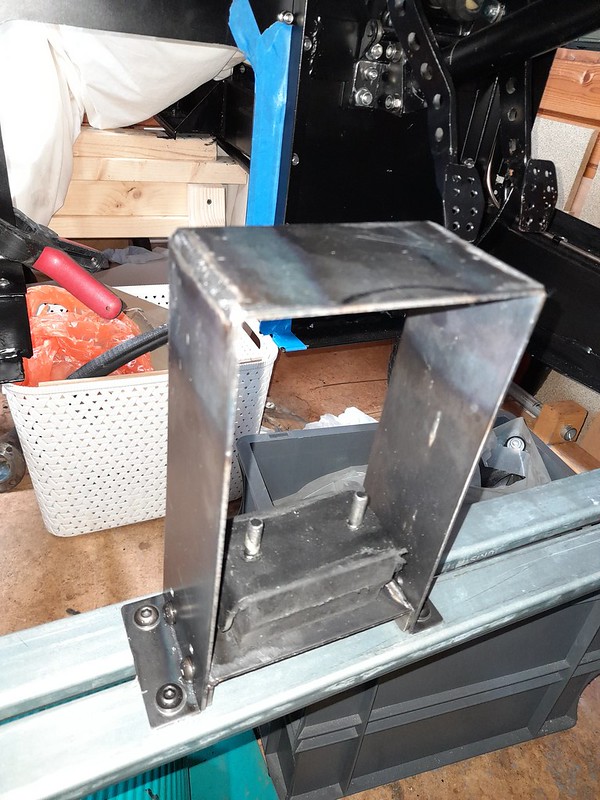Originally posted by martinclan56
View Post
Adrian
If this is your first visit, be sure to look in the introductory information by clicking on this link: FAQ . You may have to join as a member before you can post. To start viewing messages, select the forum that you want to visit from the selection below.
If you have questions please use the Contact Page for a personal response
If you wish to contribute to our discussions then please consider joining the club - it costs only £24 per year and is worth every penny!
 transmission tunnel 2 by Robin Martin, on Flickr
transmission tunnel 2 by Robin Martin, on Flickr transmission tunnel 3 by Robin Martin, on Flickr
transmission tunnel 3 by Robin Martin, on Flickr transmission tunnel 2 by Robin Martin, on Flickr
transmission tunnel 2 by Robin Martin, on Flickr transmission tunnel 3 by Robin Martin, on Flickr
transmission tunnel 3 by Robin Martin, on Flickr gearbox_mount by Robin Martin, on Flickr
gearbox_mount by Robin Martin, on Flickr fuse_box1 by Robin Martin, on Flickr
fuse_box1 by Robin Martin, on Flickr fuse_box2 by Robin Martin, on Flickr
fuse_box2 by Robin Martin, on Flickr

 dashboard1 by Robin Martin, on Flickr
dashboard1 by Robin Martin, on Flickr dash mockup by Robin Martin, on Flickr
dash mockup by Robin Martin, on Flickr wiper motor installed by Robin Martin, on Flickr
wiper motor installed by Robin Martin, on Flickr front brake pipes by Robin Martin, on Flickr
front brake pipes by Robin Martin, on Flickr front brake pipe bracket by Robin Martin, on Flickr
front brake pipe bracket by Robin Martin, on Flickr
 front suspension complete by Robin Martin, on Flickr
front suspension complete by Robin Martin, on Flickr pedalbox complete by Robin Martin, on Flickr
pedalbox complete by Robin Martin, on Flickr painted scuttle top by Robin Martin, on Flickr
painted scuttle top by Robin Martin, on Flickr
 coach_painted1 by Robin Martin, on Flickr
coach_painted1 by Robin Martin, on Flickr castor_angle by Robin Martin, on Flickr
castor_angle by Robin Martin, on Flickr
Leave a comment: